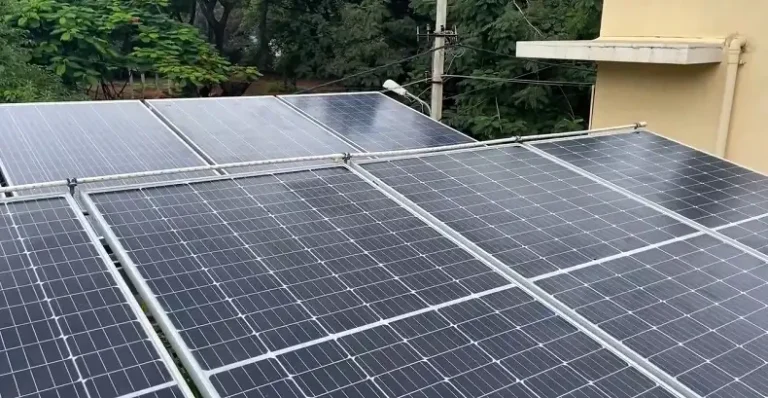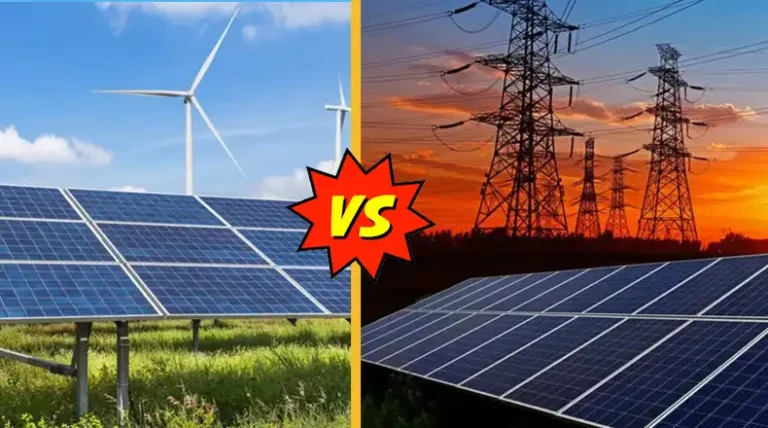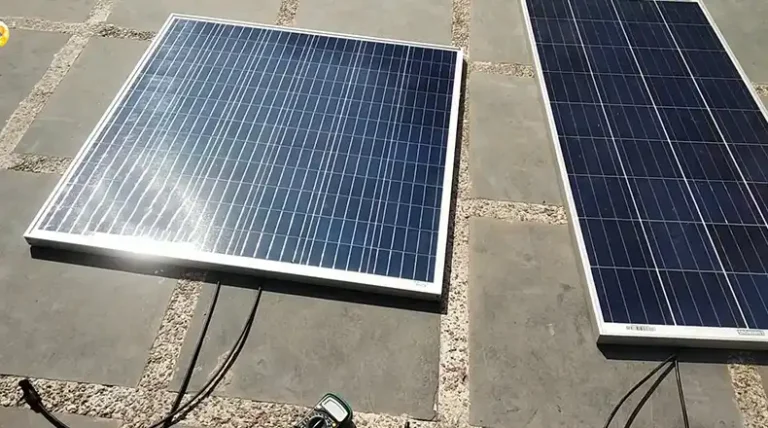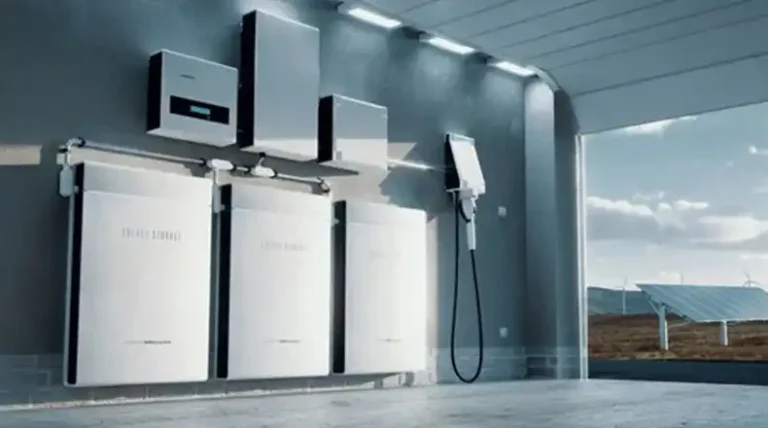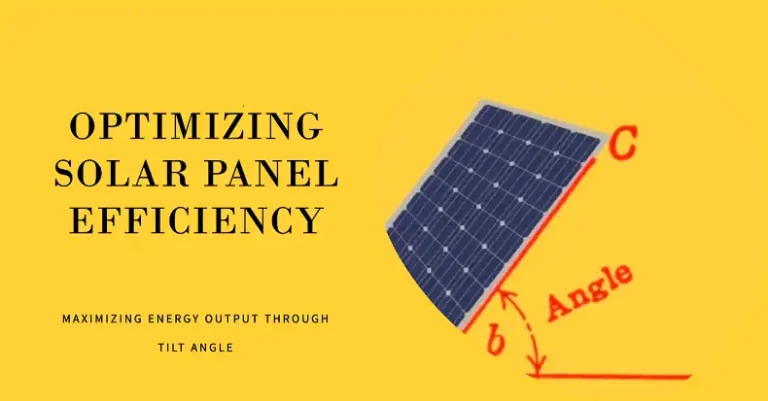Potential Causes for Solar Panel Damage | A Homeowner’s Guide to Panel Protection
As a homeowner, investing in solar panels is a smart move towards clean energy and long-term savings. However, like any valuable asset, your solar panel system requires proper care and maintenance to ensure optimal performance and longevity. Protecting your panels from potential damage is crucial to maximize your investment’s returns.
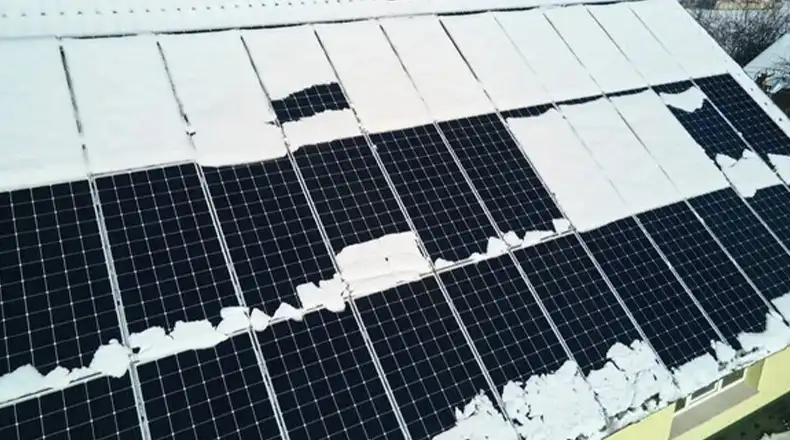
Common Causes of Solar Panel Damage
Understanding the common threats to your solar panels is the first step towards effective prevention. Let’s explore some of the primary culprits:
Environmental Factors
1. Hail
One of the most significant risks to solar panels is hail damage. Even small hailstones can crack or shatter the tempered glass covering the photovoltaic cells, substantially reducing the panel’s efficiency. Most residential solar panels are rated to withstand hail up to 1 inch (25 mm) in diameter, but larger hailstones can cause severe damage.
2. High Winds
Strong winds, especially during storms or hurricanes, can exert immense pressure on solar panels and their mounting structures. This can lead to panels becoming dislodged, racking systems getting compromised, or even complete system failure. Most residential solar systems are designed to withstand wind speeds up to 140 mph (225 km/h), but in extreme conditions, additional reinforcement may be necessary.
3. Snow and Ice
While solar panels are designed to operate in snowy conditions, excessive snow accumulation can put significant stress on the panels and their mounting systems. Additionally, the formation of ice dams can cause water to seep under the panels, leading to potential leaks and electrical issues.
4. Debris Impact
Falling objects like tree branches, twigs, or even acorns can scratch or crack the protective glass covering of solar panels. While minor scratches may not significantly impact energy output, deeper cracks can expose the delicate photovoltaic cells to moisture and further damage.
5. Extreme Temperatures
Solar panels are built to withstand high temperatures, but excessive heat can affect their efficiency. Prolonged exposure to temperatures above 95°F (35°C) can cause the panels to underperform, and in extreme cases, lead to premature degradation or component failures.
Other Potential Issues
1. Water Damage
Over time, the seals around solar panels can deteriorate, allowing water to seep in and cause electrical issues or corrosion. Regular inspections are crucial to identify potential leaks before they lead to more significant problems.
2. Animal Activity
Birds, rodents, or other small animals can wreak havoc on your solar panel system. They may chew on wires, build nests under the panels, or cause other physical damage that can disrupt the system’s operation.
3. Electrical Issues
Power surges, lightning strikes, or faulty wiring can potentially damage the electrical components of your solar panel system, including the inverter and other critical components. Proper surge protection and regular maintenance are essential to mitigate these risks.
How to Maintain & Prevent Your Panels
While some causes of solar panel damage may be unavoidable, there are several proactive steps you can take to minimize the risks and protect your investment:
Professional Installation
Hiring a qualified and experienced solar installer is crucial to ensure your system is properly designed and installed to withstand the specific weather conditions in your area. Reputable installers use high-quality materials and follow best practices for mounting and securing the panels, reducing the chances of damage from environmental factors.
Regular Inspections
Schedule regular professional inspections, at least once a year, to identify any potential issues before they escalate. During an inspection, a qualified technician will thoroughly examine the panels, wiring, connections, and mounting structures, looking for signs of damage, wear, or deterioration.
Typical solar panel inspection checklist:
- Visual inspection of panels for cracks, scratches, or discoloration
- Checking for loose or damaged mounting hardware
- Testing electrical connections and grounding
- Inspecting for water leaks or moisture intrusion
- Verifying proper system operation and performance
Regular inspections can help catch problems early, allowing for timely repairs and preventing more extensive, costly damage down the line.
Maintaining Cleanliness
Dust, dirt, and debris accumulation on solar panels can significantly reduce their energy output. It’s recommended to clean your panels regularly, at least twice a year or more frequently in areas with high pollution or dust levels.
When cleaning solar panels, avoid harsh chemicals or abrasive scrubbers that could damage the protective glass coating. Instead, use a soft brush or squeegee and a mild soap solution or a specialized solar panel cleaning solution.
Trimming Vegetation
Overhanging tree branches or overgrown bushes can not only shade your solar panels, reducing their efficiency, but also pose a risk of falling debris during storms or high winds. Regularly trimming vegetation around your solar panel system is essential to maintain a safe clearance zone and prevent potential damage.
As a general guideline, aim to keep a clearance of at least 10 feet (3 meters) around your solar panels to minimize the risk of falling branches or other debris.
Understanding Your Warranty
Most reputable solar panel manufacturers offer warranties that cover defects and performance degradation over an extended period, typically 25 years or more. Familiarize yourself with the terms and conditions of your specific warranty, including what types of damage are covered and any maintenance requirements to maintain warranty coverage.
If you suspect any damage or performance issues with your solar panels, promptly contact your installer or manufacturer to initiate the warranty claim process. Timely reporting and documentation can help ensure a smooth resolution.
Final Words
Protecting your solar panel investment is essential to ensure optimal performance and maximize your long-term savings. By understanding the potential causes of damage and implementing proactive preventive measures and regular maintenance, you can significantly reduce the risks and extend the lifespan of your solar panel system.
Remember, investing in professional installation, scheduling regular inspections, maintaining cleanliness, trimming vegetation, and familiarizing yourself with your warranty terms are all crucial steps towards safeguarding your solar panels. With proper care and vigilance, you can enjoy the benefits of clean, renewable energy for decades to come.

![Can You Make a Solar Panel out of CDs? [Answerd]](https://www.itekenergy.com/wp-content/uploads/2024/04/Can-You-Make-a-Solar-Panel-out-of-CDs-768x428.webp)
